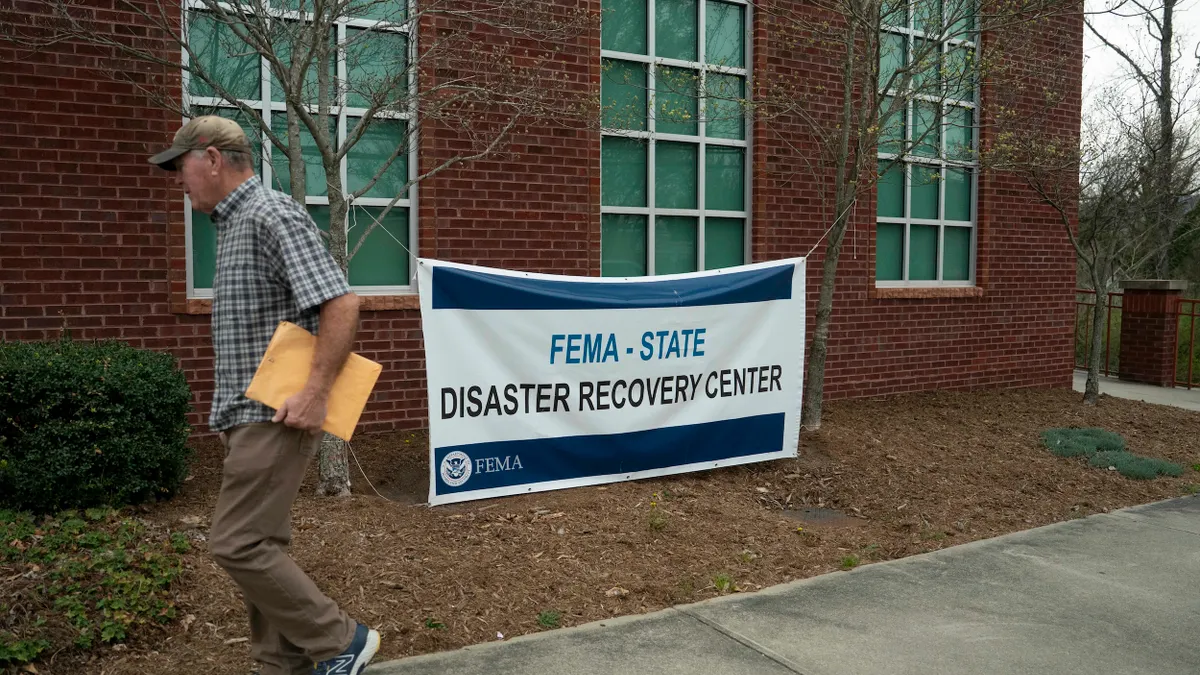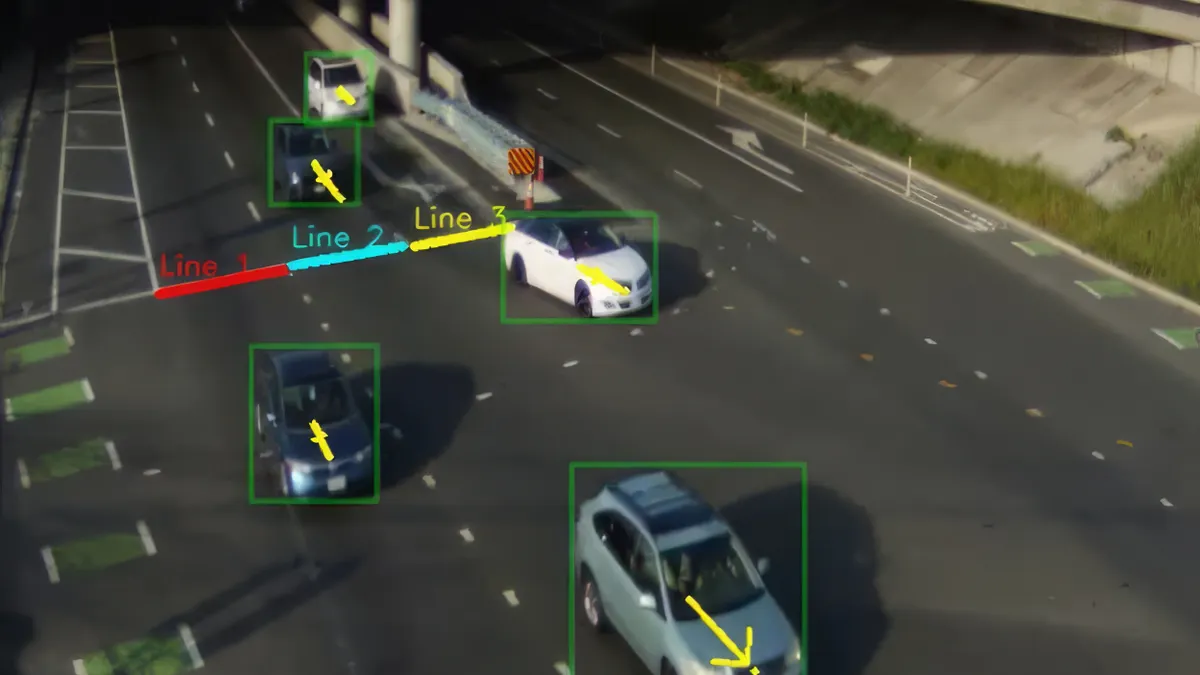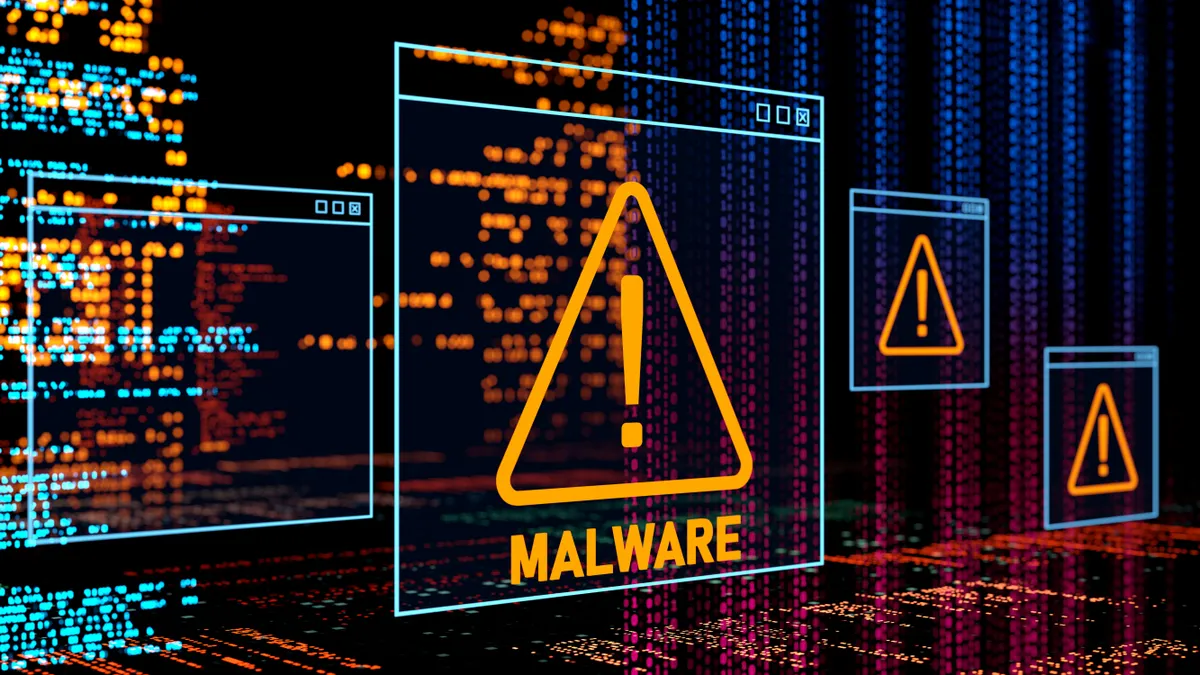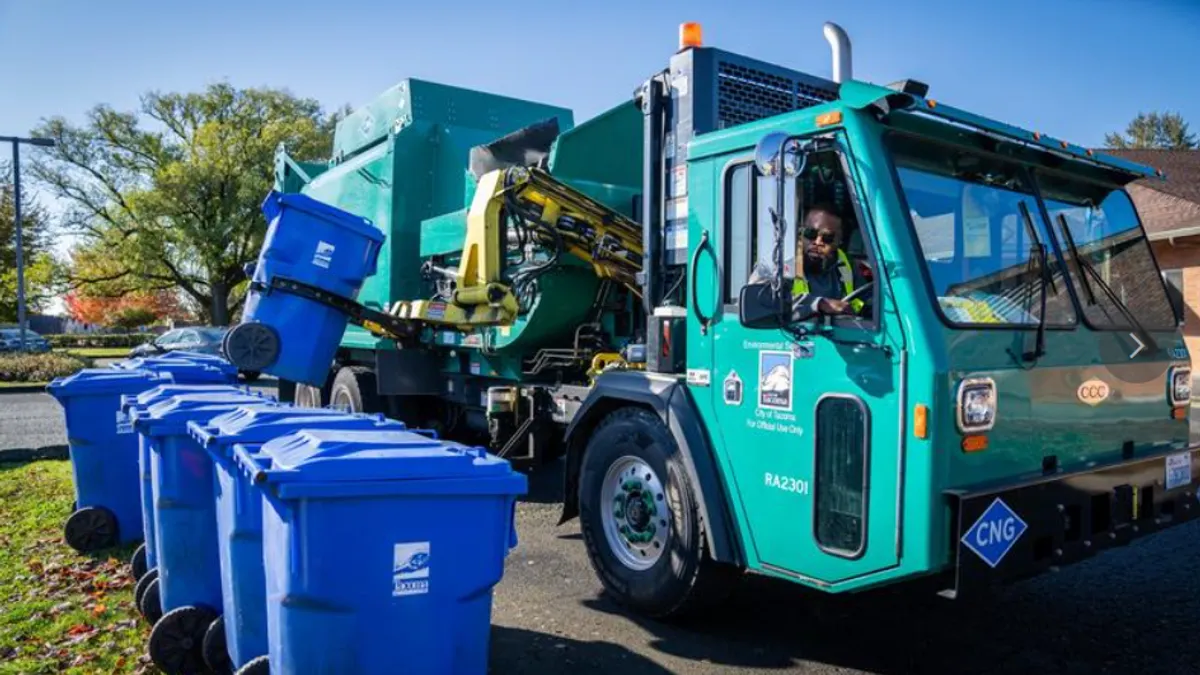Editor's note: This article was originally published in American City & County, which has merged with Smart Cities Dive to bring you expanded coverage of city innovation and local government. For the latest in smart city news, explore Smart Cities Dive or sign up for our newsletter.
Local and state governments are facing some of the toughest staffing and operational challenges in years.
Teams are leaner, budgets are tighter and public expectations have never been higher. A 2024 PublicInput survey even reported constituents are raising their standards for what constitutes effective engagement with their government. (Five in 10 English-speaking residents prefer text outreach.)
While local leaders adapt to this evolving environment, changes at the federal level — from shifting priorities to organizational restructuring — can introduce additional complexity. Local agencies are often where policy meets execution, and that front-line responsibility requires skilled, adaptable teams ready to navigate change.
That’s why investing in employee learning and development is essential. Upskilling and leadership development build organizational resilience and empower public servants to better serve their communities.
The most needed skills in this new local government reality
Over the last two years, local governments have faced increased workloads with fewer people on staff. People across departments — from public works to emergency management — are stepping into leadership roles earlier and taking on responsibilities once handled by larger teams.
That’s why, today, leadership development is the single biggest gap I see. Agencies urgently need to rebuild foundational skills. In many ways, the skills agencies are asking for today are the same fundamentals I first learned as a brand-new lieutenant in the Army: decision-making, ethical leadership and team coordination.
Compliance and cybersecurity training needs have also surged to the forefront. With AI tools like ChatGPT and Microsoft Copilot reshaping how we work, governments are scrambling to keep policies updated and employees trained.
A December 2024 article in this magazine shared that 38% of local IT leaders believe their governments are "not at all" prepared for AI and emerging technologies. Without proactive training, technology investments won't deliver the intended results and may even widen existing gaps. We must teach people not just how to use technology, but also how to apply human judgment and ethical reasoning in ways that maintain public trust and accountability.
Together, these skill areas help build a workforce that can respond confidently to staffing shortages, technology shifts or community crises.
Where to start building government learning programs
As a U.S. Army veteran, I’ve seen firsthand how critical continuous development is. In the military, you can't wait for ideal conditions to invest in your team. You build capabilities in real time because lives — and missions — depend on it.
If you're a city or county leader wondering where to begin, my advice is simple: Focus on early wins. They build momentum and show what’s possible. These considerations will help you get started.
1. Listen to the front lines: The people closest to the work often have the clearest view of what's missing. Conduct real-world needs assessments by talking directly with employees about their daily challenges. What’s slowing them down? Where are they stretched too thin? What skills would make their work easier and faster? Then, set clear, measurable goals tied to those needs.
2. Launch quick, high-impact programs: Start with small training initiatives that solve immediate pain points. For example, cross-training employees to handle overlapping roles or offering leadership basics to new supervisors can have an immediate impact.
3. Prioritize adaptability over perfection: Technical skills matter, but so does adaptability. Resilient employees who can pivot when policies, technologies, or staffing situations change are invaluable. Focus on training programs that deliver decision-making, collaboration, and problem-solving under pressure.
4. Blend experience with innovation: Studies have shown that, if properly managed, the successful integration of multiple generations in government workplaces can increase innovation and improve productivity. Newer employees may be tech-savvy but lack institutional knowledge. More experienced employees offer critical wisdom but may need support navigating new systems. The best training programs intentionally honor both.
5. Make training engaging and practical: The old model of handing employees a handbook and expecting them to figure it out doesn’t work anymore. Today’s workforce expects training to be relevant, interactive and immediately applicable. Design learning experiences that go beyond "read and remember,” like scenario-based learning. For example, local governments from Ohio to Wellington, New Zealand, are adopting virtual reality (VR) programs to simulate crisis response scenarios for law enforcement and help residents engage more meaningfully with urban planning decisions through 3D models.
Remember those clear, measurable goals mentioned in the first consideration? Above all, make sure you’re hitting them. Avoid vanity metrics like course completion rates or logins. Instead, focus on what matters: Are employees applying what they’ve learned? Are response times improving? Are teams more confident and collaborative? The best learning programs tie outcomes to business needs with data.
Local governments are at a pivotal moment. The challenges facing cities and counties won't be solved with short-term fixes or one-size-fits-all solutions. But with the right learning strategies in place, we can build teams that are ready for today and able to weather whatever comes next. Because a government’s resilience begins with the people who power it.
Commentary is a space for state and local government leaders to share best practices that provide value to their peers. Email Smart Cities Dive to submit a piece for consideration, and view past commentaries here.
About the Author
Ray Resendez IV is vice president of federal solutions at ELB Learning. His is a West Point graduate, former Army Armor Officer and combat veteran with more than a decade of experience supporting federal missions. He has served as a government contractor, GS employee and executive leader managing multi-million-dollar portfolios across the VA, DHS and DoD. Resendez brings deep expertise in acquisition strategy, workforce transformation, and training modernization. He has developed and led training programs for both military and civilian personnel, positioning him to deliver scalable, mission-aligned learning solutions across the federal landscape.

















